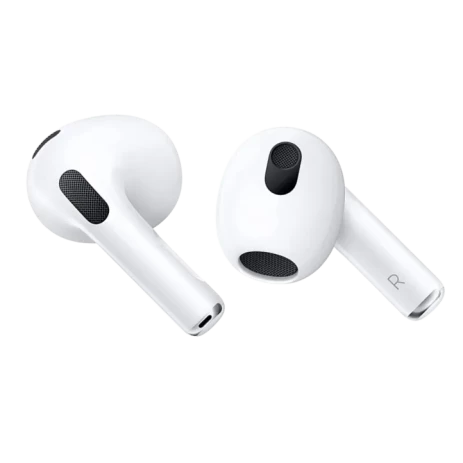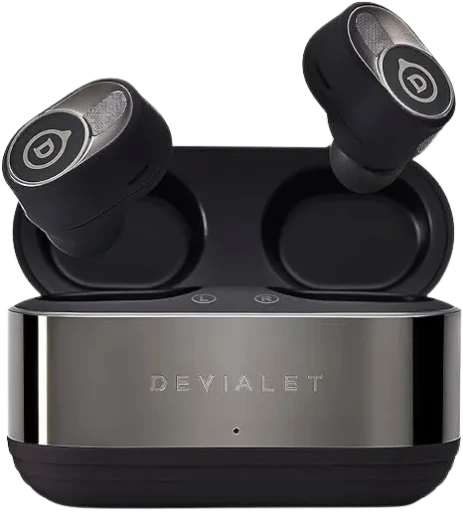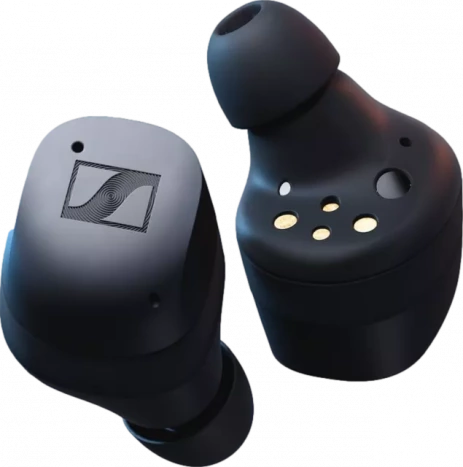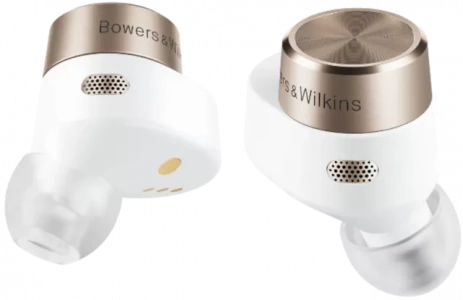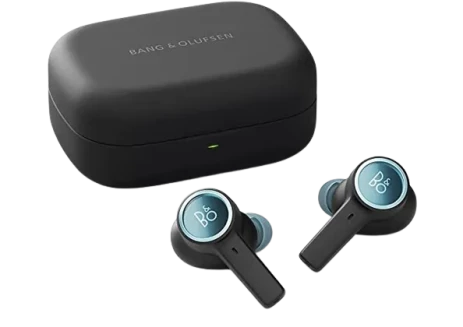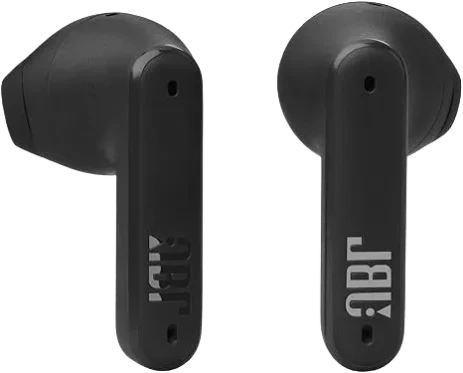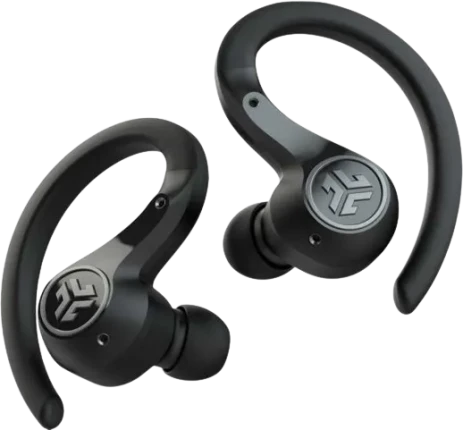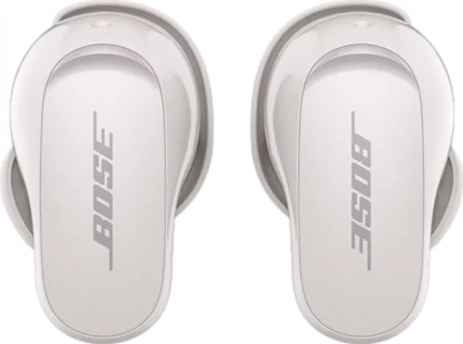Ingress Protection (Ip) Rating
JBL Reflect Aero TWS
IP68
Ingress protection ratings refer to the level of protection given by a casing, against solids and water. In the format of IPXX, 'X' represents a number The first value of the IP rating means protection against solids say dust, followed by the one that refers to resistance against liquids (water).
Having a value of IP68, the JBL Reflect Aero TWS's rating for solids indicates that they are completely dust proof, and the second number of 8 means that they are protected against the effects of continuous immersion in water, ingress of water in quantities causing harmful effects shall not be possible. Conditions should be more severe than for numeral 7..
Weight
The JBL Reflect Aero TWS have a weight of 13g . We consider a lower weight best because lighter devices are easier to transport.
Has No Wires Or Cables
For a device to be true wireless it must have no cables linking any part of the device together, JBL Reflect Aero TWS are true wireless for this matter since they have no wires. This is a major distinction as some wireless earbuds have cables connecting the pair of earbuds together.
Wingtips Included
JBL Reflect Aero TWS have wingtips, these are reserved for workout earbuds and come as an optional add-on to each silicone ear tip for a more secure fit.
Sweat Resistance
JBL Reflect Aero TWS are resistant to sweat
Is Dust Proof And Water-Resistant
JBL Reflect Aero TWS are both dustproof and water-resistant.
Has Stereo Speakers
JBL Reflect Aero TWS have stereo speakers, what this means is that JBL Reflect Aero TWS's speakers deliver sound from independent channels on both left and right sides, creating a richer sound and a better listening experience.
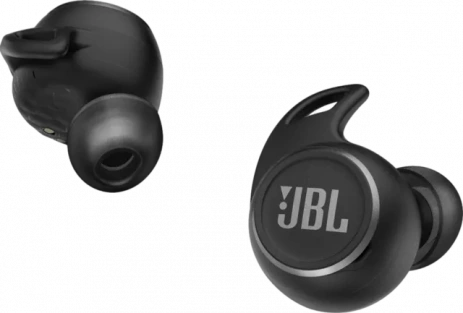
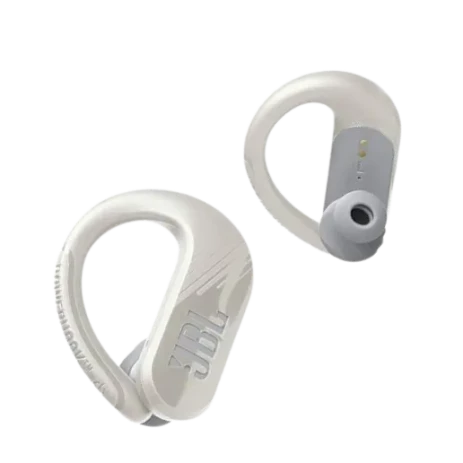 Jbl Endurance Peak 3 Vs. Jbl Reflect Aero Tws Review
Jbl Endurance Peak 3 Vs. Jbl Reflect Aero Tws Review
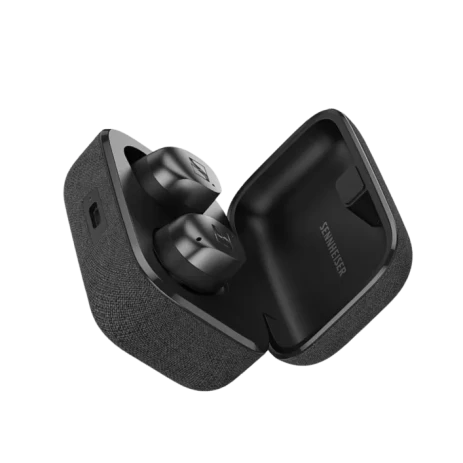 Sennheiser Momentum True Wireless 4 Vs. Jbl Reflect Aero Tws Review
Sennheiser Momentum True Wireless 4 Vs. Jbl Reflect Aero Tws Review
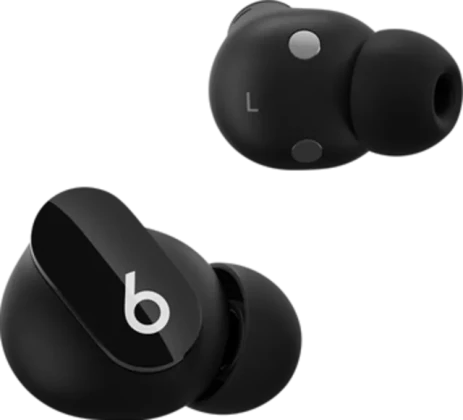
_1671835316.webp)
